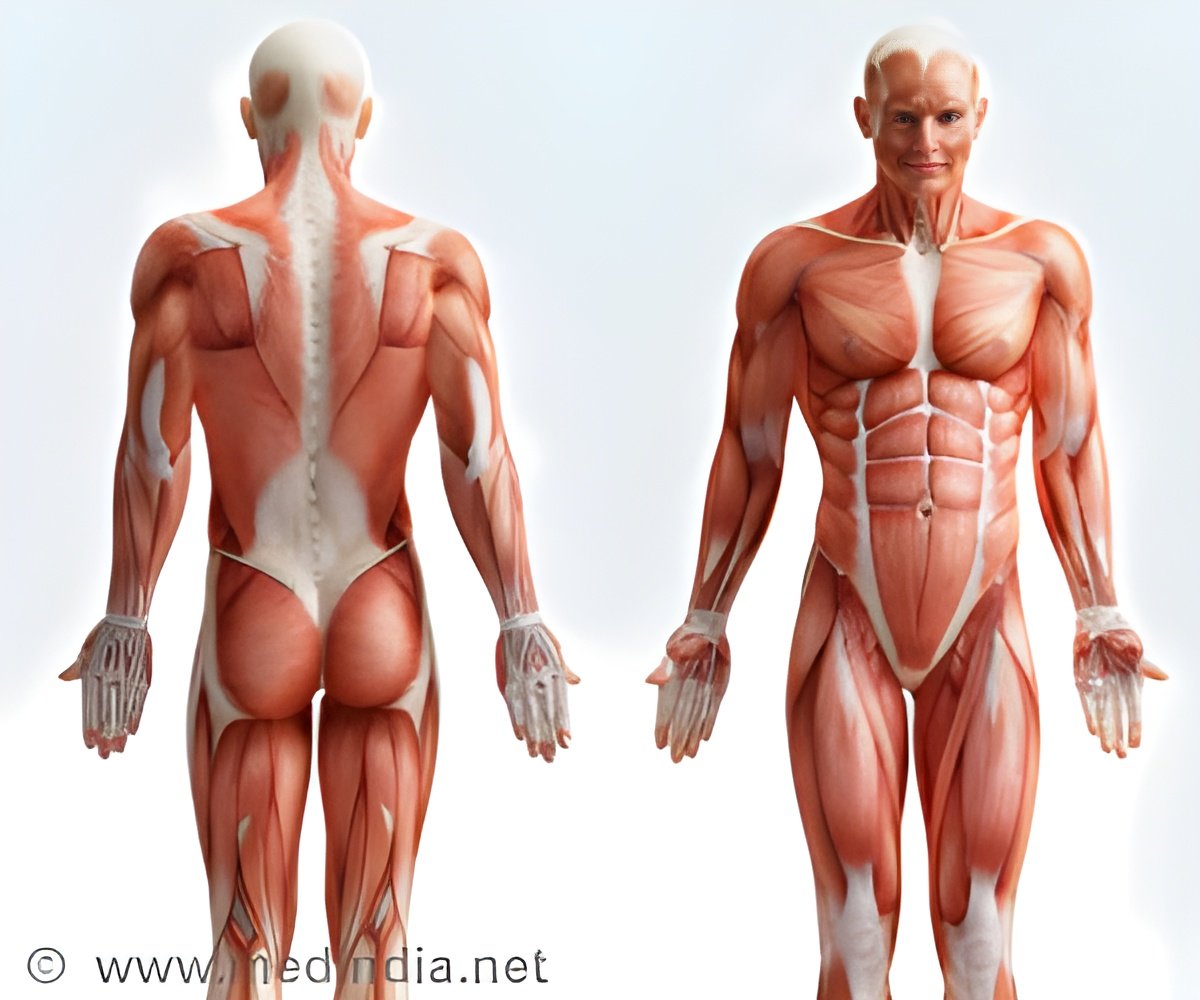University of Leicester neurobiologists have found that insect limbs can be moved without the help of muscles.

In a study published today in the journal Current Biology, the researchers show that the structure of some insect leg joints causes the legs to move even in the absence of muscles. So-called 'passive joint forces' serve to return the limb back towards a preferred resting position.
The passive movements differ in limbs that have different behavioural roles and different musculature, suggesting that the joint structures are specifically adapted to complement muscle forces. The researchers propose a motor control scheme for insect limb joints in which not all movements are driven by muscles.
The study was funded by the Biotechnology and Biological Sciences Research Council (BBSRC), The Royal Society, and the Heinrich Hertz-Foundation of the German State of North Rhine-Westphalia.
Source-Eurekalert










